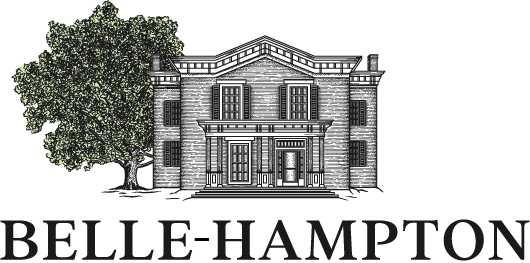How Do You Communicate Effectively for Family Harmony?
Soon after my husband bought his company, our family decided to form a family council. The purpose of the council is to educate and facilitate communication between family members and provide a forum for constructive discussion, problem-solving, and decisions about the family as it relates to the business and the family. After several successfully facilitated meetings by our advisor, we decided to organize the meetings independently. Establishing the agenda, arranging the location, and gathering other pertinent information went smoothly. However, the conference itself stumbled since some members interrupted or diverted from the topic at hand. After an abrupt end to a Thanksgiving meeting, the family members complained separately to me about the unorganized discussions. The family needed to step back to evaluate the situation to continue family harmony during the meetings. Instead of blaming each other, we decided to be proactive by taking an individual assessment test, the DISC, to learn how to work more effectively together.
DISC is a non-judgmental personality and behavioral assessment designed to improve group communication. The DISC is used by millions of people to “improve teamwork, communication, and productivity," so we gave it a try. The DISC factors, Dominance, Influence, Steadiness, and Compliance explained our behavior towards each other and the everyday things we do. When we received the results of the test, we began to understand the diversity in our group. Tom, the patriarch, is a D for Dominance while I was a high C, meaning Compliance. Our boys came in as an I, Influencer, C, Compliance, and an S, Steadiness. Now that we identified our personalities, what did that mean?
We first need to understand how to identify someone with various personality traits. A D-style is decisive, demanding, and impatient. Often they are strong-willed and don't listen. To interact with a D, do give immediate feedback, concentrate on the subject, and maintain results-orientation. Don’t restrict his/her power or spend time on non-essentials. It will frustrate his/her desire to take action.
An I-style is sociable, talkative, and open. Often enthusiastic, energetic, and impulsive, an I-style tends to speak more than listen. Do mirror the I's enthusiasm by smiling and chatting. Let him/her talk. Interactions with them should be positive and fun. Don’t put down the excitement or focus on the details. Reacting negatively will have a poor effect.
The opposite of a D-style is the S-style, which tends to have the most conflict. An S is calm, steady, laid back, and careful. They listen carefully, sincerely, and patiently. Typically modest, indecisive, but trustworthy. Do slow down and take your time with an S, which is generally difficult for a D. Provide assurances and support while allowing them time to make a decision. Do not get restless or pressure them for action. If you make sudden changes or fail to deliver on promises, they will react badly.
The last style, C, is the opposite of the I. They are precise, exact, and analytical. Generally quiet and careful, they are formal, disciplined, and systematic. Do give them detailed information while answering questions patiently. Give them time to think and decide by not pressuring them to immediate conclusions. The chattiness of an I is something to keep at bay with a C-style personality.
Since our family consists of a mosaic of personalities like most teams, how do you interact with each communication style? A D's biggest fear is a loss of control, so interacting with them do not dominate. Provide situations where they win. Be direct, brief, and to the point. Realize when they are under pressure, they appear to show a lack of concern. This behavior might concern a sensitive S or be standoffish to a social I. Be aware of the personality you are dealing with to act accordingly.
The biggest fear of an I-style is social rejection so allow time before meetings for some fun. Lighten things up and set aside some time for chatting. They are disorganized under pressure, so create a warm, friendly environment allowing them plenty of time to speak. A D-style might have to hold their tongue, while a C will have to pull back from their urge to keep on track without socializing when interacting with an I.
With an S-style, be patient and build trust. The group might have to draw out his/her opinions and present issues logically to them. Their biggest fear is a loss of stability, so a D-style might need to temper their quick actions while an I might quiet their conversation allowing time to listen. Under pressure, the S-style might be too willing to go along with the group to maintain their need for steadiness.
Since I am a very high C, my communication style uses data and facts, not personal issues or emotions. I like to keep on task, so my interactions with an I, who want to socialize, can cause some stress. Under pressure, I am overly critical, while my biggest fear is criticism of my own work. Since my husband is a high D, he understands these nuances and respects my need to explain things carefully, focusing on proven solutions.
Now that we have reviewed the various styles, being aware of the differences can lead to understanding. During our family meetings, we can interact, still respectfully, but with knowledge of the styles. The group dynamics with our collage of differences can flourish and improve our productivity and continue with family harmony.
What is your communication style? Dominance, Influence, Steadiness, and Compliance?

